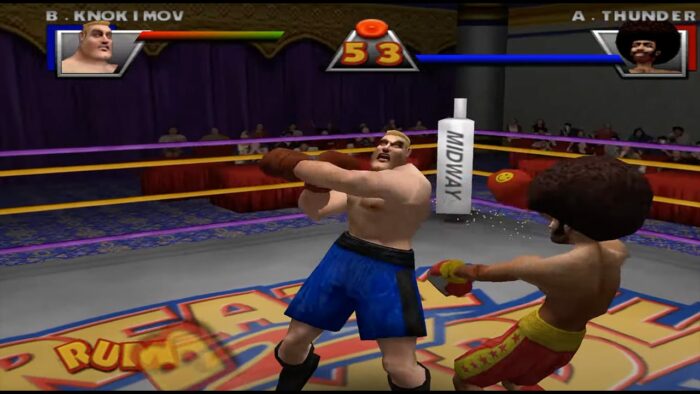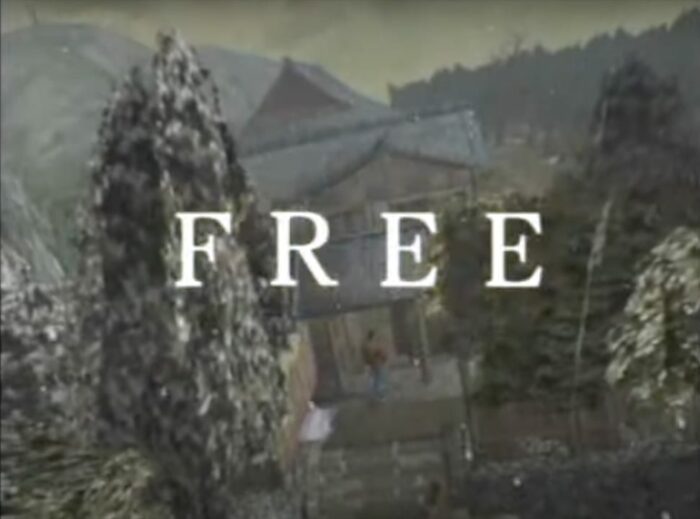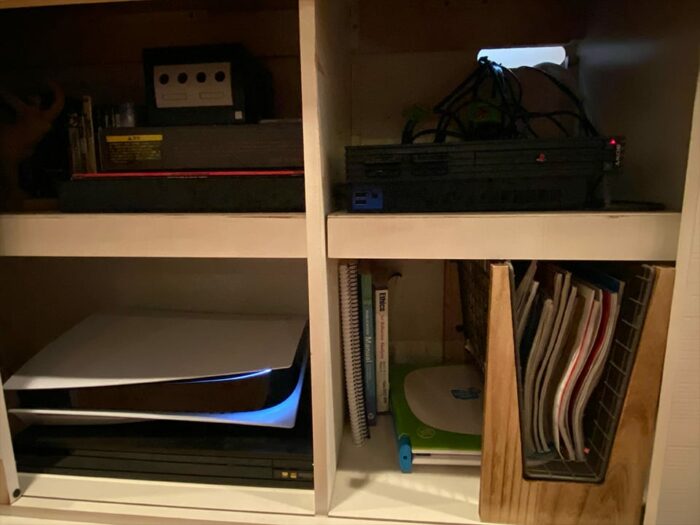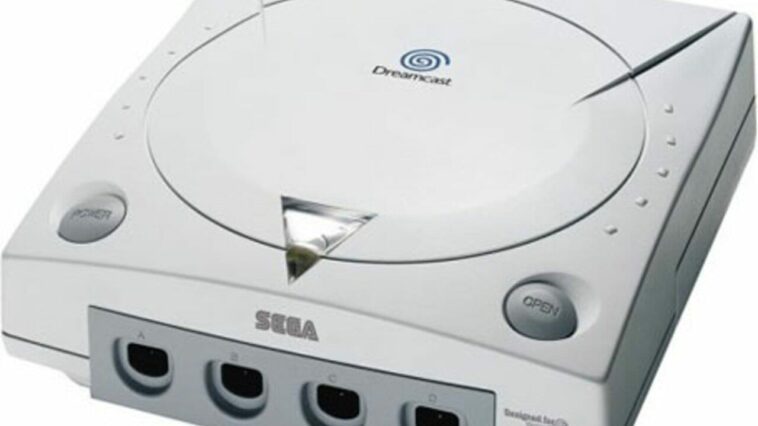About two years ago, I worked tech on a video game podcast where none of the hosts knew when the Dreamcast was released. Without having even to flinch, I blurted out, “September 9, 1999.” Dumbfounded, the co-host leaned toward me, “how did you know that?” he said. 12 year old me ate up Sega’s bizarre 9.9.99. ads. Still enamored by Metal Gear Solid, I didn’t think about the next evolution in graphics. But when I finished scrolling through my GameInformer article about the new Dreamcast, I thought Sega had beat Sony at their own game.
The Dreamcast had 128-bit graphics. The frame rate could generate 60 frames per second gameplay. I didn’t even know games could be that fast. The first time I saw a Dreamcast running in person was flooring. Playing the opening level in Sonic Adventure defined speed. Rushing through the gorgeous colorful exteriors of Emerald Coast, my brain couldn’t process all the finite details of the level at once. The grass has individual blades sticking out of the ground. The water looked like actual water. The sand had each grain sticking out, and the sun flared on the camera; I’d never seen anything like it before.
Now I knew what 60 frames per second meant. As Sonic blazed through that beach, I had a real sense of what it was like to be him. The third-person perspective made me feel the wind blowing through the blue hedgehog’s fur. I’ve never seen characters in a video game come close to looking like real people. Then I played Ready 2 Rumble Boxing. I wasn’t the only one amazed by the character model’s accuracy. A local news reporter played a bit of the game herself. Breath taken, she exclaimed to the Sega representative, “those, those look like real people.”

The last demo was the real knockout—Soul Caliber. In an act of selfishness, I denied a wonderfully polite child a chance of grabbing the controller at the Dreamcast Kiosk. The vibrant colors from Soul Caliber are still attractive 21 years later. Unlike Sonic Adventure or Ready 2 Rumble Boxing, the gameplay drew me in more than anything. I don’t know how nobody thought of making a weapon-based fighting game before Soul Caliber or have it done correctly. Not since Mortal Kombat have I had so much fun with a fighter. With the ability to use the 3-D environment to my advantage, the stage was my playground. Constantly side-stepping fools, I’d giggle with joy witnessing my opponents take a little step too far, falling off the stage to their deaths.
Not waiting a moment too long or too soon, my mom got me a copy of the Dreamcast on 9.9.99. What resulted in my time spent with Sega’s machine was bliss. Whenever my sister’s friends came over, we’d shoot zombies together with my lightguns playing The House of The Dead 2. If I wanted to experience a game whose graphics helped me ignore its insufferable difficulty scale, MDK2 was a fantastic technical showcase. None of those graphics would matter once my eyes laid upon Shenmue.

Do you want to read something embarrassing about me? I cried when Shenmue III was announced. Every month a copy of Dreamcast magazine arrived in my mailbox. Sometimes those magazines came bundled with a demo disc containing snippets of upcoming games you could play. If something wasn’t playable, it would be a video. As touted in the trailer, “it’s not a game, it’s not an RPG, it’s not a movie; a world that transcends games”. They weren’t kidding.
Like Metal Gear Solid, I was experiencing the feelings of a painter creating a remarkable canvass. Ryuji Iuchi’s sweeping theme swelled my emotions. Shenmue wasn’t just something to show your friends. It belonged in a gallery at the Smithsonian. My captivation for the preview had to be shared. When my mom saw the video, she had the same reaction. It was the first time she uttered that video games are beginning to look like real life.

The power of Shenmue’s groundbreaking FREE (Full Reactive Eyes Entertainment) became an afterthought when Sony unveiled the Playstation 2. Not only could it play video games, but it was also a DVD player! In 1999, DVD players didn’t come cheap. Not only were you getting two for the price of one, but you were also getting three. The PS2 could play PS1 games, plus make them look better. The final nail in Sega’s coffin was that the PS2 didn’t need to rely on bits. Bits were for kids. The PS2 had the emotion engine. When early images from their games came out, it was an almost religious experience.
The Dreamcast never became a distant memory for me. I’ll never forget its 56K modem allowing me to browse the web on my TV. Nor will I ever forget the stamp it left on my childhood. The little white box that glows orange is still in my possession. Furthermore, it’s still fun. Sega prided themselves on perfectly porting arcade games to console. When the year 2000 came rolling around, arcades around me were going out of business. Sega’s prideful ports were relics. I miss games like that; ones you could pick up to goof around with for a few hours. They’re still around in some capacity, but they’re not special the way Sega used to make them. Going out with a whimper, Sega’s last console was a dream to play.

